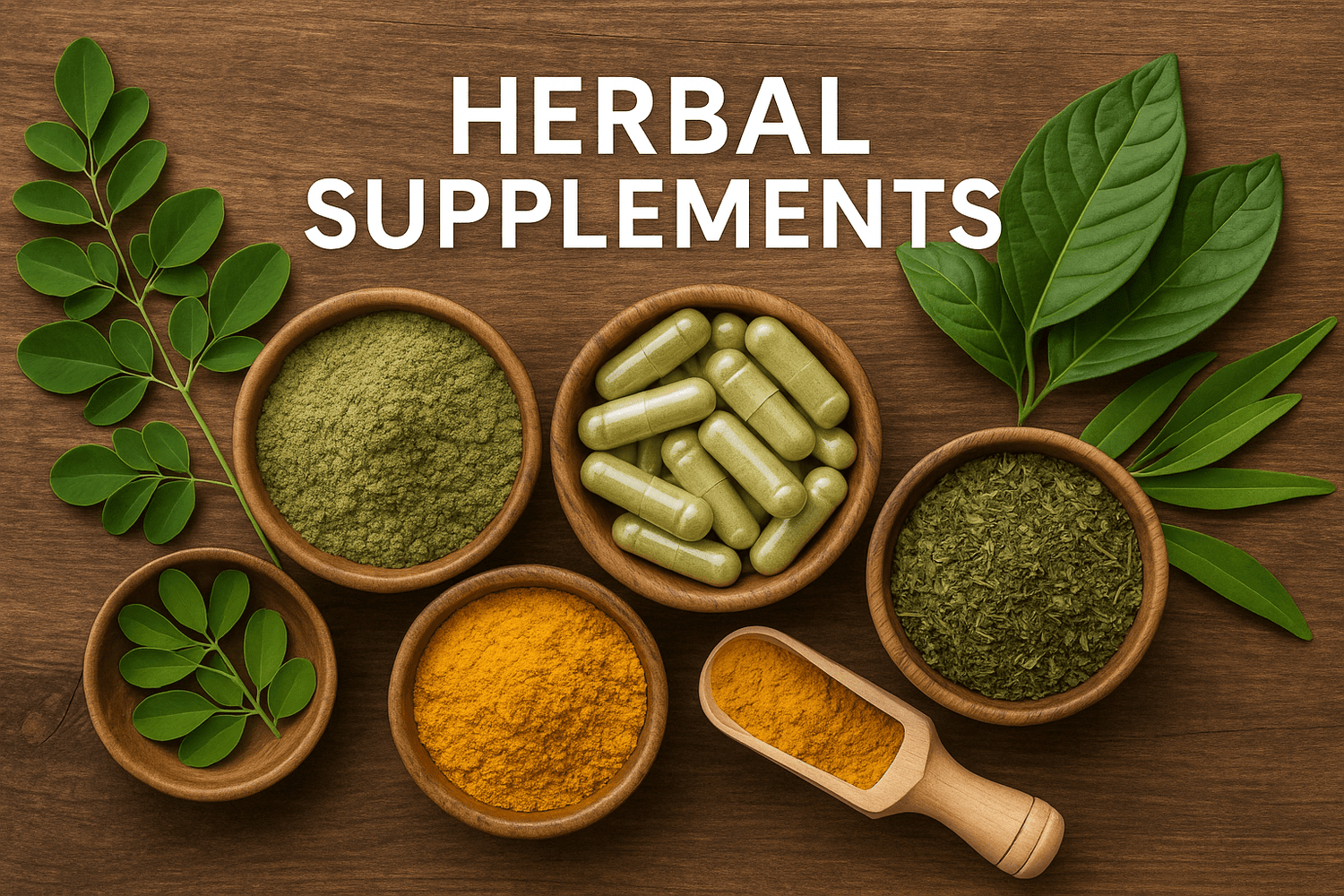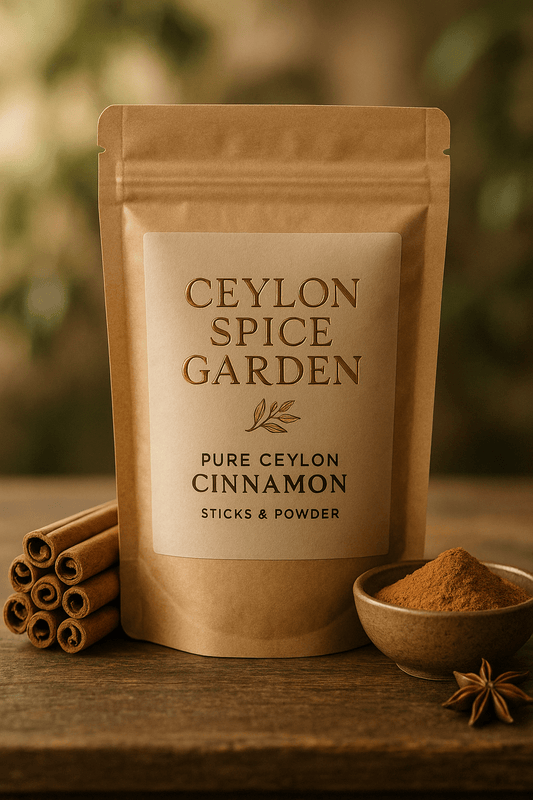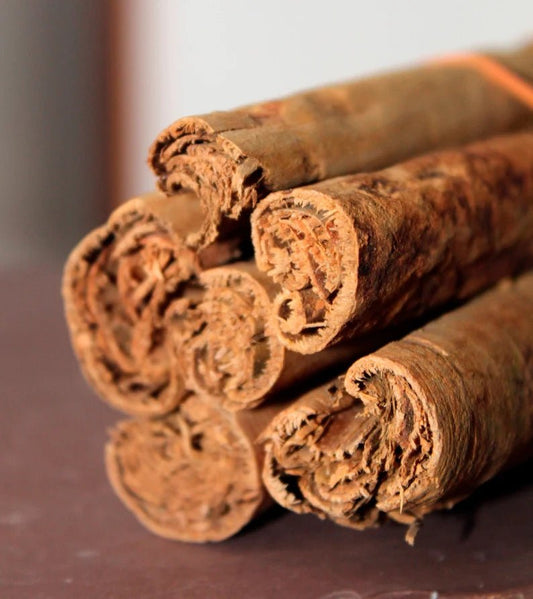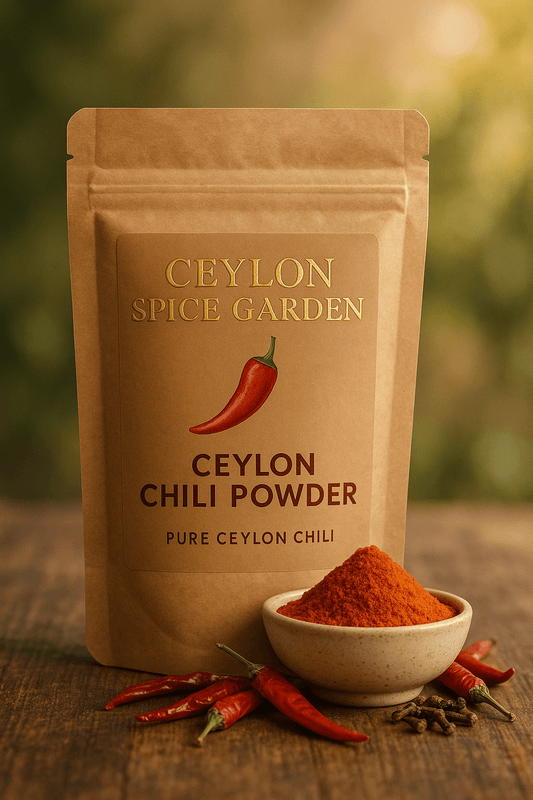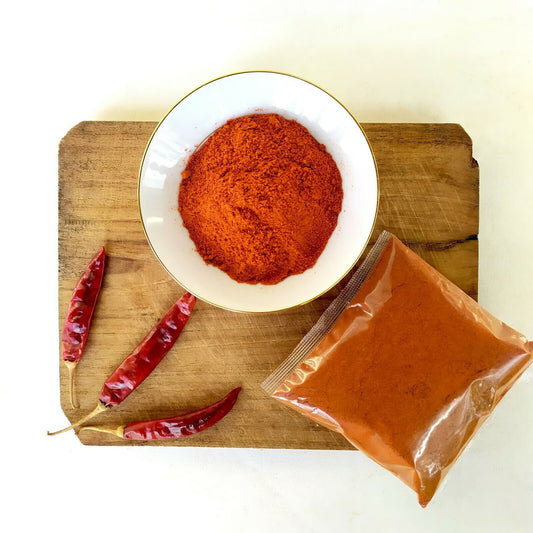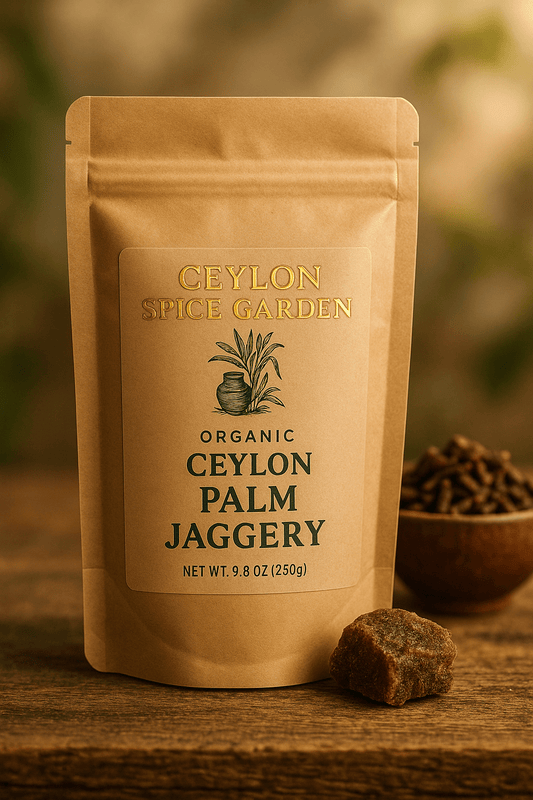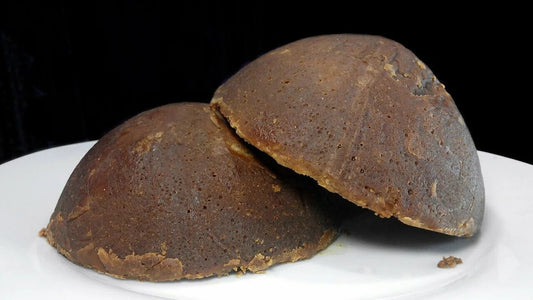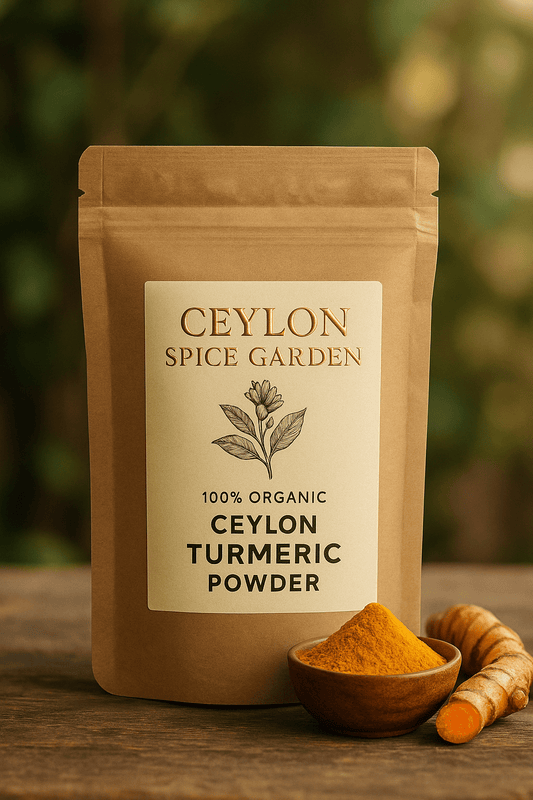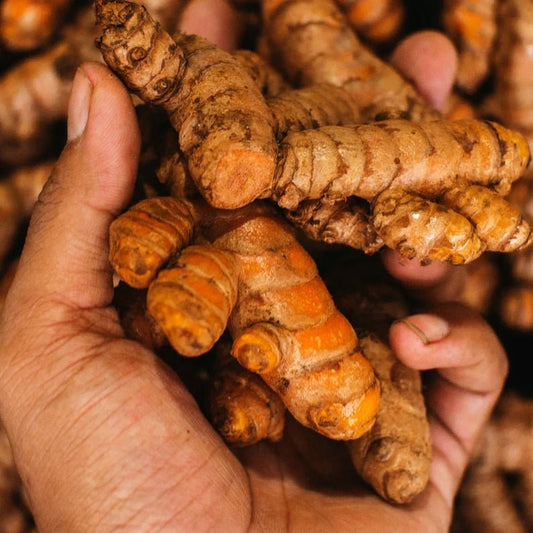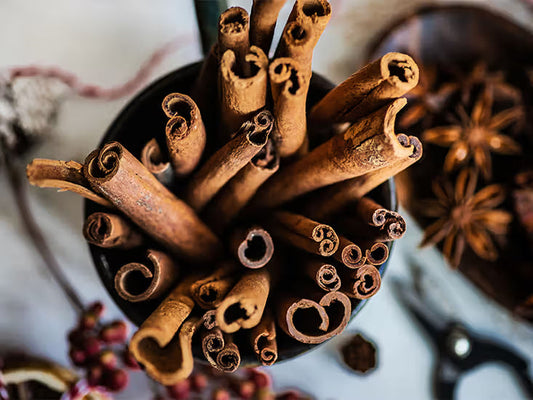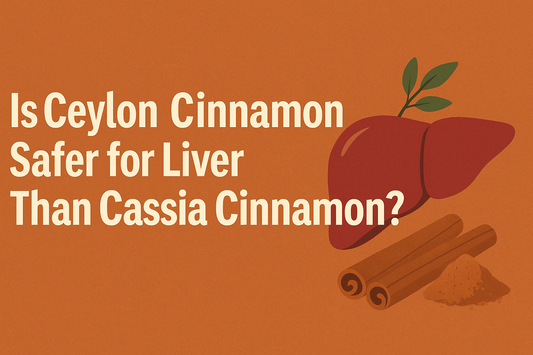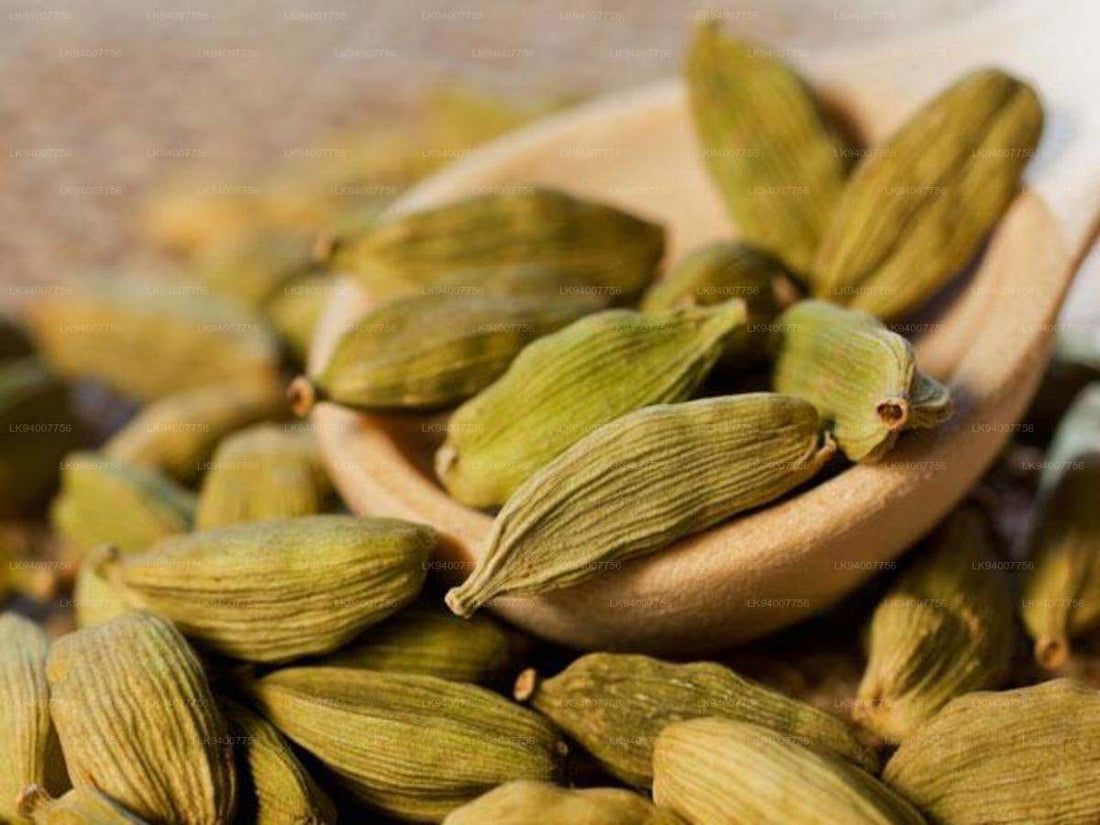
Ceylon Cardamom Pod Preparation for Cooking: Master Chef Techniques
Ceylon Cardamom Pod Preparation for Cooking: Master Chef Techniques
Table of Contents
- Understanding Ceylon Cardamom Preparation
- Essential Tools and Equipment
- Pre-Preparation Steps
- Core Preparation Methods
- Traditional Sri Lankan Techniques
- Cooking Applications by Dish Type
- Flavor Extraction Techniques
- Timing Guidelines for Different Dishes
- Common Preparation Mistakes
- Professional Chef Tips
- Frequently Asked Questions
Understanding Ceylon Cardamom Pod Preparation for Cooking
Ceylon cardamom pod preparation for cooking involves more than simple crushing—it's an art that maximizes the release of essential oils while preserving the delicate flavor compounds that make Ceylon cardamom from Ceylon Spice Garden the world's most prized variety.
Proper preparation techniques transform these emerald pods into flavor powerhouses that can elevate any dish. The key lies in understanding how different preparation methods affect the release of volatile compounds like cineole, α-terpinyl acetate, and limonene—the essential oils responsible for cardamom's distinctive aroma and taste.
The Science Behind Proper Preparation
Ceylon cardamom contains 4-8% essential oils concentrated in tiny oil glands within the seeds. Different preparation methods rupture these glands at varying rates, allowing controlled flavor release. Understanding this process enables precise flavor intensity control in cooking applications.
Why Preparation Method Matters
- Flavor intensity control: Different methods release varying amounts of essential oils
- Texture considerations: Some dishes require visible pod pieces, others need fine powder
- Cooking time compatibility: Preparation must match cooking duration
- Cultural authenticity: Traditional recipes require specific preparation styles
- Extraction efficiency: Proper technique maximizes flavor value
Essential Tools and Equipment for Preparation
Professional Ceylon cardamom preparation requires the right tools to achieve consistent results while preserving the delicate essential oils that define this premium spice's character.
| Tool | Best Application | Preparation Style | Skill Level |
|---|---|---|---|
| Stone Mortar & Pestle | Traditional curries, spice pastes | Coarse to medium crush | Intermediate |
| Sharp Paring Knife | Pod splitting, seed extraction | Whole seed release | Beginner |
| Spice Grinder | Baking, fine powder needs | Fine to ultra-fine powder | Beginner |
| Rolling Pin | Gentle bruising, rice dishes | Light crush, intact pods | Beginner |
| Coconut Scraper | Traditional Sri Lankan cooking | Traditional coarse preparation | Advanced |
| Fine Mesh Sieve | Separating husks from powder | Powder refinement | Beginner |
Tool Selection Guidelines
Choose tools based on your intended cooking application and desired texture. For authentic Sri Lankan dishes, traditional tools like stone mortars produce superior results, while modern applications may benefit from precise spice grinders.
Pre-Preparation Steps for Optimal Results
Proper pre-preparation ensures maximum flavor extraction and prevents common mistakes that can diminish Ceylon cardamom's exceptional qualities.
Quality Assessment
Examine each pod for freshness indicators: vibrant green color, firm texture, and strong aroma when gently squeezed. Discard any pods that are brown, brittle, or lack fragrance.
Cleaning and Sorting
Gently wipe pods with a dry cloth to remove any debris. Remove stems and sort by size if recipe requires uniform cooking times. Never wash with water before preparation.
Temperature Conditioning
Bring refrigerated cardamom to room temperature 30 minutes before preparation. Room temperature pods crush more evenly and release oils more readily.
Tool Preparation
Ensure all tools are completely clean and dry. Any moisture or residual flavors can interfere with cardamom's delicate taste profile.
Core Preparation Methods for Different Cooking Needs
Master these fundamental Ceylon cardamom preparation methods to achieve professional results across various culinary applications.
Method 1: Whole Pod Bruising (Rice Dishes & Subtle Flavoring)
Perfect for rice dishes, light broths, and applications requiring gentle cardamom infusion.
- Place flat side of knife blade over the pod
- Apply gentle pressure to crack the pod slightly
- Pod should split just enough to expose seeds
- Use immediately in cooking liquid for gradual flavor release
Method 2: Pod Splitting and Seed Extraction (Precise Flavor Control)
Ideal when you need seeds separate from husks for specific recipes.
- Use sharp paring knife to cut along the pod's natural seam
- Gently open pod to expose black seeds inside
- Scrape seeds out with knife tip or small spoon
- Reserve husks for tea or discard based on recipe needs
Method 3: Traditional Mortar Crushing (Curry Pastes & Spice Blends)
The gold standard for authentic Sri Lankan cooking applications.
- Place 6-8 pods in dry stone mortar
- Use pestle with gentle circular motions to crack pods
- Continue grinding until desired texture is achieved
- Separate husks if recipe requires seeds only
Method 4: Fine Powder Preparation (Baking & Desserts)
Essential for baking applications requiring smooth texture.
- Extract seeds from pods using splitting method
- Discard husks (or save for other uses)
- Grind seeds in spice grinder in 5-second pulses
- Sieve powder to remove any remaining husk pieces
Traditional Sri Lankan Preparation Techniques
These time-honored methods, passed down through generations of Sri Lankan cooks, produce authentic flavors that define traditional Ceylon cuisine.
The "Miris Gala" Stone Grinding Method
The traditional granite mortar method used in Sri Lankan households:
- Stone selection: Use porous granite that grips spices effectively
- Grinding technique: Circular motions with consistent pressure
- Texture control: Start gentle, increase pressure gradually
- Oil preservation: Slow grinding preserves maximum essential oils
Coconut Scraper Preparation
A unique Sri Lankan technique using traditional coconut scrapers:
- Use the blunt edge of a traditional coconut scraper
- Hold pod firmly and scrape against the blunt edge
- This method creates unique texture perfect for milk rice
- Pods split naturally along seams during scraping
Clay Pot Dry Roasting Preparation
Traditional method for enhanced aroma before grinding:
- Heat unglazed clay pot over low flame
- Add whole cardamom pods
- Dry roast for 30-45 seconds until fragrant
- Cool completely before grinding or crushing
Traditional Timing Wisdom
Sri Lankan cooks traditionally prepare cardamom at specific times: morning preparation for lunch curries (allowing flavors to develop), and immediate preparation for rice dishes (preserving volatile aromatics). This timing knowledge ensures optimal flavor integration.
Cooking Applications by Dish Type
Different culinary applications require specific Ceylon cardamom preparation techniques to achieve authentic flavors and proper texture integration.
Rice & Grain Dishes
Preparation: Whole pod bruising or light crushing
Timing: Add during initial cooking phase
Ratio: 4-6 pods per cup of rice
Technique: Bruise pods to crack shells, allowing gradual flavor release during cooking.
Curry Dishes
Preparation: Medium crush with mortar & pestle
Timing: Add to spice paste or tempering
Ratio: 8-10 pods per dish serving 4-6
Technique: Crush pods to release oils, add early in cooking process for deep flavor integration.
Desserts & Sweets
Preparation: Fine powder from seeds only
Timing: Incorporate during mixing phase
Ratio: 1/4 teaspoon powder per cup of base
Technique: Extract seeds, grind to fine powder, sieve for smoothness.
Beverages
Preparation: Light pod crushing or whole pods
Timing: Add during steeping/brewing
Ratio: 2-3 pods per cup of liquid
Technique: Lightly bruise pods or use whole for gentle infusion.
Meat & Seafood
Preparation: Coarse to medium crush
Timing: Include in marinades 2+ hours ahead
Ratio: 6-8 pods per pound of protein
Technique: Crush pods to release oils for penetrating flavor in marinades.
Baking Applications
Preparation: Ultra-fine powder
Timing: Mix with dry ingredients
Ratio: 1/2 teaspoon per 2 cups flour
Technique: Grind seeds to finest powder, sieve multiple times for smoothness.
Advanced Flavor Extraction Techniques
Professional chefs use these advanced techniques to maximize flavor extraction from Ceylon cardamom pods, ensuring every precious drop of essential oil contributes to the final dish.
Temperature-Controlled Extraction
Controlling temperature during preparation dramatically affects oil release:
- Cold extraction: Gentle crushing at room temperature preserves delicate top notes
- Warm extraction: Light toasting (30-45 seconds) intensifies deeper flavor compounds
- Hot oil infusion: Adding crushed cardamom to warm cooking oil extracts oils rapidly
- Steam distillation: Brief steaming before crushing opens cell walls for easier extraction
Oil Extraction Timing Methods
- Immediate use: Crush just before adding to dish for maximum volatile oil content
- Blooming technique: Heat crushed cardamom in dry pan for 15-20 seconds before use
- Fat infusion: Combine crushed cardamom with cooking fats 10-15 minutes before use
- Alcohol extraction: Brief alcohol rinse extracts oils that dissolve back into cooking liquid
Timing Guidelines for Different Cooking Methods
Perfect timing is crucial for optimal Ceylon cardamom preparation results. These guidelines ensure maximum flavor impact across various cooking techniques.
| Cooking Method | Preparation Timing | Addition Point | Expected Result |
|---|---|---|---|
| Quick Sautéing | Crush immediately before cooking | Add to hot oil first | Intense, bright flavor |
| Slow Braising | Prepare 5-10 minutes ahead | Add during initial browning | Deep, integrated flavor |
| Rice Cooking | Bruise just before adding liquid | Add with rice and liquid | Subtle, permeating aroma |
| Baking | Grind up to 1 hour ahead | Mix with dry ingredients | Even distribution, stable flavor |
| Beverage Infusion | Lightly crush before steeping | Add at start of steeping | Gentle, aromatic infusion |
| Cold Preparations | Fine grind, 30 min ahead | Incorporate during mixing | Concentrated flavor release |
Critical Timing Factors
- Essential oil volatility: Crushed cardamom loses 30% of volatile oils within 30 minutes
- Heat interaction: High heat breaks down delicate compounds if added too early
- Moisture exposure: Steam and liquid accelerate oil extraction but also degradation
- Surface area impact: Finer grinding requires shorter exposure times to prevent bitterness
Common Preparation Mistakes That Ruin Flavor
Avoiding these frequent errors ensures you get the maximum benefit from your premium Ceylon cardamom investment.
Over-Processing Errors
- Grinding too fine for long-cooking dishes: Creates bitter, overpowering flavor
- Excessive heat during preparation: Destroys delicate essential oils
- Over-roasting before grinding: Burns volatile compounds
- Using electric grinders too long: Heat buildup degrades oils
Timing and Storage Mistakes
- Preparing too far in advance: Significant flavor loss within hours
- Exposing crushed cardamom to air: Rapid oxidation of essential oils
- Storing prepared cardamom: Never store crushed cardamom overnight
- Using stale whole pods: Poor preparation cannot revive degraded spices
Technique-Related Errors
- Wrong tool selection: Plastic grinders absorb oils, metal can create off-flavors
- Inconsistent crushing: Uneven particle sizes release flavors at different rates
- Contaminated equipment: Residual flavors from other spices
- Wet preparation surfaces: Moisture interferes with oil extraction
Professional Chef Tips for Perfect Preparation
These insider techniques from professional kitchens will elevate your Ceylon cardamom preparation to restaurant-quality standards.
Restaurant-Quality Preparation Secrets
- Batch consistency: Weigh cardamom pods rather than counting for consistent results
- Quality testing: Crush one pod and taste-test before preparing entire batch
- Tool temperature: Chill grinding tools in freezer for 15 minutes before use
- Sieving standards: Always sieve ground cardamom through fine mesh for uniform texture
Flavor Enhancement Techniques
- Bloom in fat: Gently heat crushed cardamom in cooking oil for 30 seconds before adding other ingredients
- Deglazing boost: Add crushed cardamom to pan deglazing liquid for instant flavor integration
- Compound preparation: Mix crushed cardamom with salt or sugar for even distribution
- Steam treatment: Briefly steam whole pods before crushing to soften husks
Quality Control Standards
- Visual inspection: Properly prepared cardamom should show visible oil release
- Aroma test: Freshly crushed cardamom should produce immediate strong fragrance
- Texture verification: Achieve appropriate particle size for specific application
- Color assessment: Seeds should remain dark brown/black, not turn gray or brown
Michelin-Star Restaurant Technique
Top restaurants prepare cardamom in small batches throughout service. They crush only enough for immediate use, storing whole pods in airtight containers at their workstations. This ensures every dish receives maximum flavor impact from freshly prepared spices.
Frequently Asked Questions
Master the Art of Ceylon Cardamom Preparation
Proper Ceylon cardamom pod preparation is the foundation of exceptional cooking. These time-tested techniques ensure you extract maximum flavor, aroma, and culinary value from every precious pod. Whether following traditional Sri Lankan methods or modern culinary approaches, the key is understanding how preparation affects flavor release.
Invest in quality Ceylon cardamom from Ceylon Spice Garden and apply these professional preparation techniques to transform your cooking. Every dish becomes an opportunity to showcase the unmatched complexity and elegance of the world's finest cardamom.
